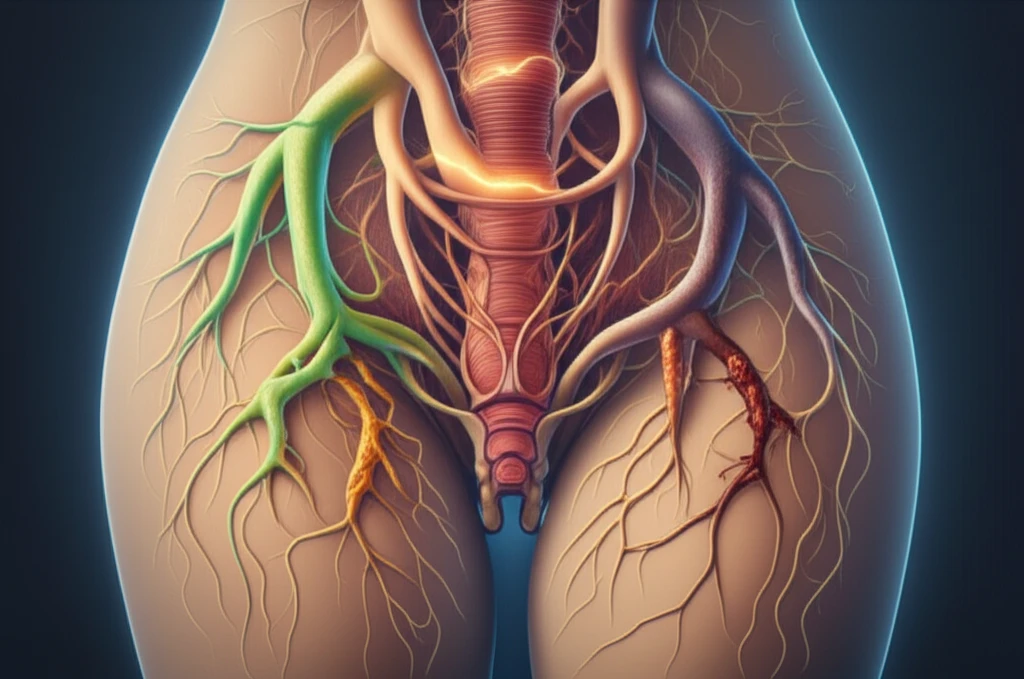
Hysterectomy Risks: Is Your Pelvic Condition a Factor?
"New research reveals how pelvic diseases like endometriosis, fibroids, and menstrual disorders can significantly increase the risk of surgical site infections after hysterectomy."
Hysterectomies are a common procedure for women, second only to cesarean sections. While generally safe, surgical site infections (SSIs) remain a significant concern, complicating recovery and increasing healthcare costs. Understanding the factors that contribute to these infections is crucial for improving patient outcomes.
Recent research published in The Journal of Minimally Invasive Gynecology sheds new light on the role of pelvic diseases in SSI risk following hysterectomy. The study, which analyzed data from over 125,000 women, reveals that certain conditions, such as endometriosis, uterine fibroids, and menstrual disorders, can significantly increase the likelihood of developing an infection after surgery.
This article breaks down the key findings of this important study, offering valuable information for women considering hysterectomy and the healthcare professionals who care for them. By understanding the specific risks associated with different pelvic conditions, patients and doctors can work together to make informed decisions and optimize surgical outcomes.
Pelvic Disease: A Key Risk Factor for Infection After Hysterectomy

The study's primary objective was to quantify the relationship between benign pelvic diseases and the risk of surgical site infections after hysterectomy. Researchers analyzed data from the American College of Surgeons National Surgical Quality Improvement Program (NSQIP) database, focusing on women who underwent hysterectomy between 2006 and 2015.
- Endometriosis: Women with endometriosis had a 79% increased odds of SSI.
- Uterine Fibroids: A 28% increased odds of SSI was observed in women undergoing hysterectomy for fibroids.
- Menstrual Disorders: These conditions were associated with a 46% increase in SSI risk.
- Pelvic Pain: Women undergoing hysterectomy for pelvic pain experienced a 75% increase in SSI risk.
Empowering Women Through Knowledge
This research provides valuable insights for women considering hysterectomy. By understanding the potential impact of their specific pelvic condition on surgical risk, patients can engage in more informed conversations with their doctors. This collaborative approach can lead to personalized strategies for minimizing infection risk and optimizing recovery, ultimately improving the overall experience and outcomes for women undergoing hysterectomy.
